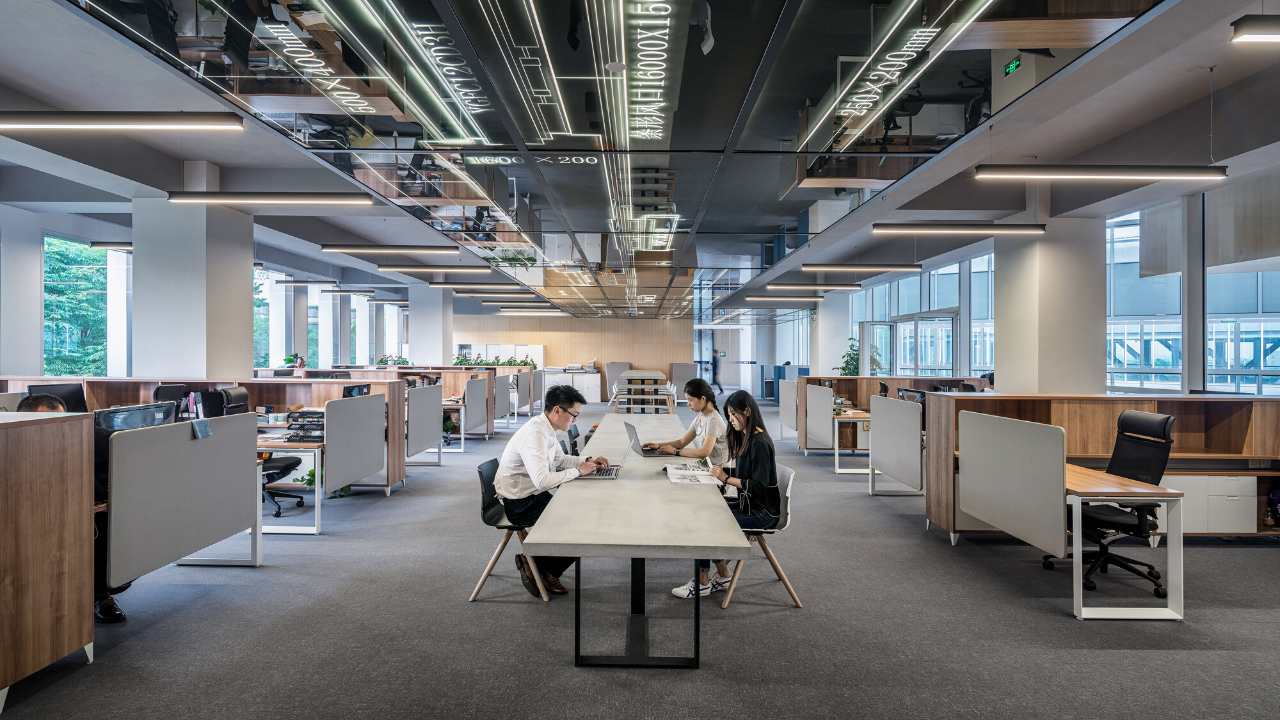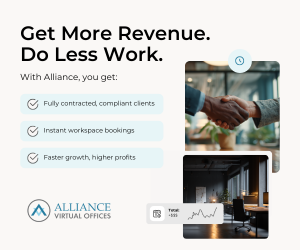Flexible workspaces account for 10.6% of all office space in London, making it the coworking hub of the world. Studies suggest that flexible workspaces will take up a total of 14.5 million square feet of space in the city in 2020.
These spaces are particularly attractive during economic uncertainty, in which companies can find a workspace on much more flexible terms than traditional office leases.
While demand for flexible offices continues to grow, some workers are left feeling exposed by open space concepts. In order for flexible workspaces to continue growing upward, companies need to find a balance between private and open, collaborative areas that caters to all work styles.
A 2019 study by Density found that noise distractions can lead to a 28% decline in efficiency. Moreso, privacy is more in demand than ever according to a Gensler survey that found that 28% of respondents wanted open space with on-demand private areas, compared to the 7% that wanted just an open workspace.
Another major trend of workspaces is the emphasis of human-centric design. Creating a work environment that appeals to all workers can boost productivity, as well as help HR attract and retain talent.
Overall, it is clear that flexible office solutions can be outfitted to meet the needs of the constantly evolving workforce in a way that benefits both the employee and organization.


 Dr. Gleb Tsipursky – The Office Whisperer
Dr. Gleb Tsipursky – The Office Whisperer Nirit Cohen – WorkFutures
Nirit Cohen – WorkFutures Angela Howard – Culture Expert
Angela Howard – Culture Expert Drew Jones – Design & Innovation
Drew Jones – Design & Innovation Jonathan Price – CRE & Flex Expert
Jonathan Price – CRE & Flex Expert











